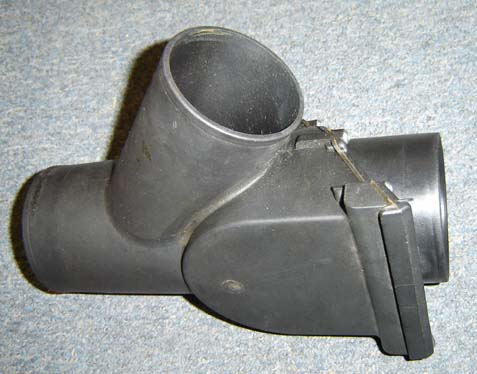ed911
Aerospace
- Mar 30, 2006
- 33
I am familiar with turbo chargers and belt driven superchargers, but recently read a little about electric-driven superchargers. They can run off batteries or an alterator. Anyone else know anything about them, or have experience with them?

